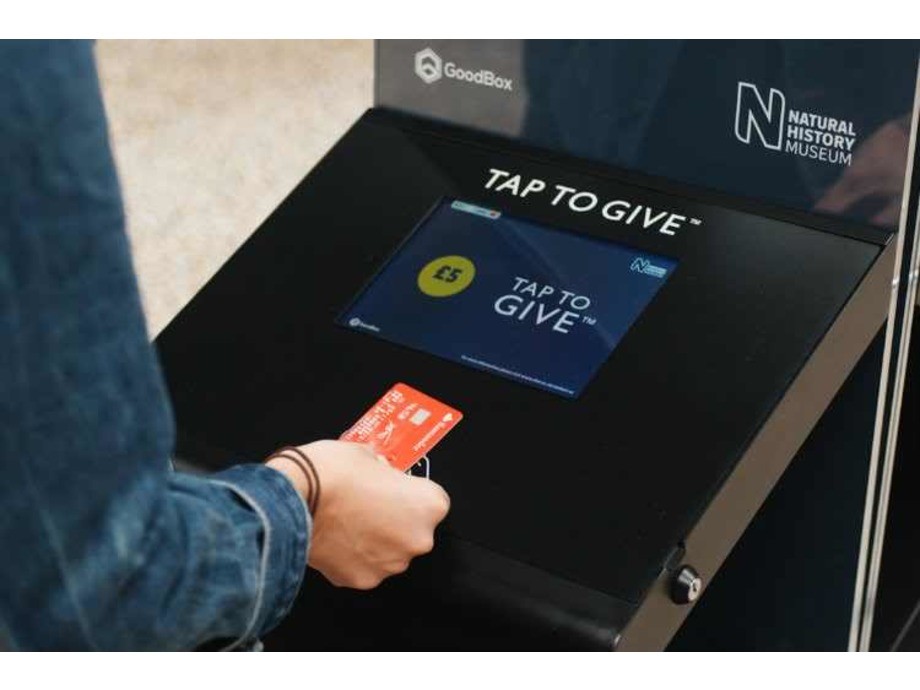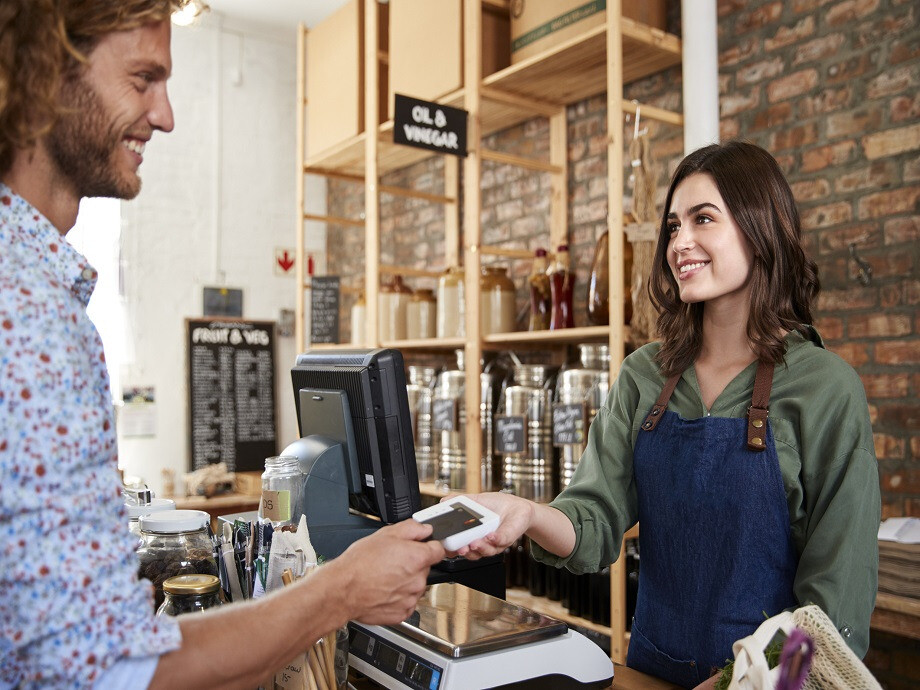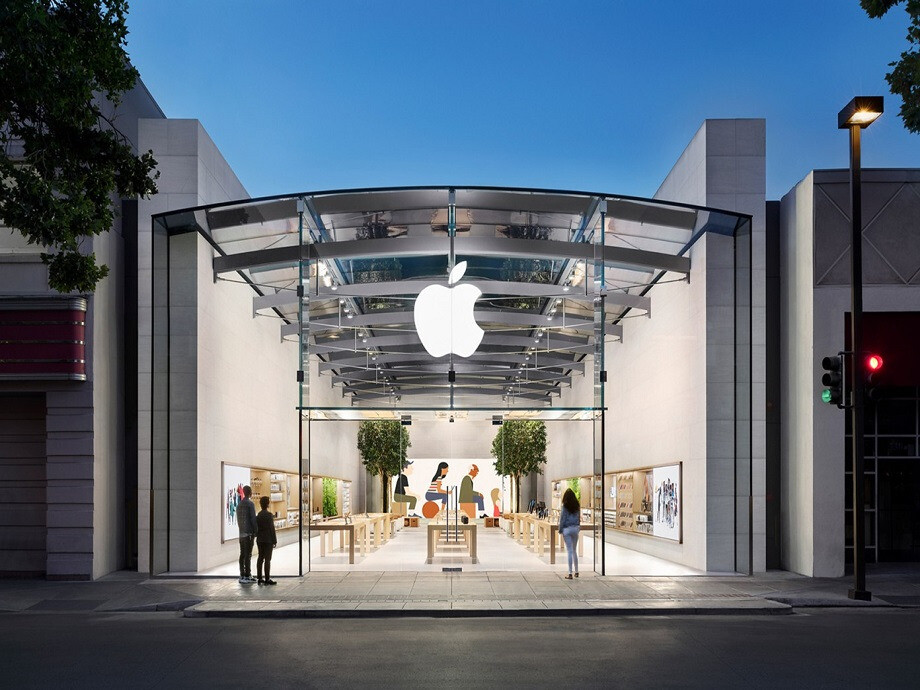
Contactless for the cause: How NFC is ticking the boxes for Charities
Charities may contribute to the greater good more than commercial organisations, but in many cases they are battling with businesses for the same things; namely, the attention of consumers, as well as a financial outlay in the form of a donation.
That means that while they might exist for a noble cause, Charities can be obliged to be every bit as competitive as a commercial entity - in many cases, that is the only way to raise awareness of their activities and generate funding. Near Field Communication (NFC) technology has grown to offer a number of commercial solutions in recent years, providing cost-effective ways to get marketing messages across to consumers and facilitating easy payment. Now Charities are taking a leaf out of the business book, using NFC to increase their profile and strengthen their funding channels.
So how are Charities making NFC an important tool in their public campaigns? In this blog, we find out.
How to make Charity marketing sing
They are non-profit organisations, but Charities need to put in the hard yards when it comes to marketing, just like a business does. Campaigns to raise awareness have been benefitting greatly from the various marketing products which NFC brings to the table.
Among them are NFC Posters. Whether placed on the street, inside buildings or on public transport systems, NFC Posters draw viewers in with a powerful pictorial or text-based marketing message, before giving passers-by a dynamic method for learning more with the help of Contactless technology. At the touch or swipe of a smartphone, Charities can offer a route to join their social media networks, learn more about their activities, access audio and video, or even go straight to a donation page. Gone are the days when hand-distributed leaflets ruled the roost in the 'third sector' - cutting down on paper-based marketing collateral also makes sense for the environment, and can help cut costs.
But Charities also have plenty more NFC Marketing methods to add to their integrated campaigns. Branded items have long been an effective way of building awareness and loyalty, but now they have taken on a new dual purpose, thanks to NFC. Anything which can hold a tiny NFC chip offers the opportunity to engage the owner further. It could be a window sticker which asks viewers to 'touch me' in order to connect or donate, or a pen which offers a direct link to a video documentary that explains how the charity operates. The possibilities are, quite literally, endless, giving Charities' marketing departments increasing scope to get creative and champion their cause.
We shouldn't forget about NFC Wristbands. Wristbands have long been a popular way of showing support for a charity of choice. Not only can these be produced in a variety of colours and designs, but they can also now carry a wealth of resources and information which are available through Contactless technology. All it takes is a touch or swipe, and Charity supporters can share information on the cause which they are backing with friends and family.
Then there are NFC Keyfobs, which offer the advantage of being carried everywhere by their owner. Whether you are selling them in the Charity shop, or handing them out at events, NFC can add an exciting additional twist to marketing products, allowing them to become part of a Charity's wider digital network.
Making donations easy
Without funding, it is difficult for Charities to do their work. This makes donations, and campaigns which are designed to generate funding, a critical part of a Charity's model. Most marketing activities are undertaken by Charities in order to highlight their cause - once this work is done, it is important to make the donation process as easy as possible.
NFC is a technology which has revolutionised payments all over the world, and is now helping Charities enhance the efficiency of their funding drives. Contactless donations can now be made via Contactless payment terminals which are carried by Charity workers canvassing public areas. Instead of rummaging around in pockets and handbags, passers-by are able to make a quick donation with a simple swipe or tap of their bank card. It's an easy and instantaneous way of donating money which is also secure and completely accountable.
For Charity shops which are typically open during the daytime, NFC offers a way to generate funding around the clock. All it takes is a Contactless payment terminal - in the form of a sticker or poster - in the window of the shop, and passers-by can stop to make a donation 24/7, 365 days a year.
At Charity events, patrolling the floor with a box or jar for donations could become a thing of the past. Now, all it takes is a Contactless payment terminal positioned in a strategic place, and attendees can make donations independently, at a time which is suitable for them. There is no need to disturb attendees with constant requests for donations - when branded Contactless payment terminals are placed in a location which nobody can miss, the results can be just as successful as walkarounds with a box or jar, and charity workers can enjoy more time to focus on other duties.
Counting the benefits of Contactless payment
The advantages of Contactless payment for Charities really do add up. Here are just some of the benefits which Charities can look forward to after making the switch:
Saves admin time
Charities need to make the most of their workforce, and having a two-person team to collect donations - one to hold the box or jar, and another to communicate with the public - wastes important resources. Contactless payment can operate independently and allow Charity teams to direct their energy elsewhere. Ultimately, Contactless donations can help Charities slash their overheads and up their efficiency.
Higher donations
It is understood that those who make electronic donations typically contribute a higher amount. People often select a round number when donating electronically; when handing over the loose change that happens to be lying at the bottom of their wallet or purse, the amount is unlikely to be as high.
The end of the cash era?
Due to the higher number of opportunities to pay by card, an increasing number of people now prefer to pay by plastic. By offering the opportunity for Contactless payment, Charities are catering to the 'cashless' generation which prefers to go out without needing to carry money on their person.
Trackable and Accountable
Charities find that with Contactless donations, it is far easier to see who has contributed what. That's because every transaction can be attributed to the individual who made the donation. This can feed into Charity marketing campaigns, allowing them to tailor communications according to the donation activity of a particular person.
Modernise your Brand
What does Contactless payment say about you as an organisation? For many in the third sector, as well as businesses, it can represent a forward-thinking brand which is not afraid to utilise new technology in order to improve efficiency and convenience. Charities which embrace Contactless donations are positioning themselves as innovative and ahead of the game.
A range of Solutions
The Contactless payment market is already sophisticated and offers a range of devices which can suit different types of uses. From integrated units which can be fitted into larger structures ideal for marketing, to waterproof, portable versions offering a high battery life which are ideal for canvassing on the high street or at events, there is a range of options available which can perfectly adapt to Charities' various fundraising strategies.
Phone or Card
Contactless payments can be made by either bank card or smartphones which have been set up for transactions via NFC. That means Charities can offer more choice to their donors - whether they are buying an item in a Charity shop, or making a donation at an event or public place.
Moving with the times
Led by countries such as Japan and the United States, Contactless payment has become the norm, rather than the novelty it once was. Charities can ensure they keep up with current consumer habits by making Contactless donations possible for their donors. The numerous advantages offered by Contactless donation systems mean that Charities have more reasons than ever to turn to NFC.
Are you ready to make the switch?
For a free expert consultancy on how Contactless technology can help your charity - from marketing solutions to Contactless donations - contact NFC Direct today and speak to a member of our team. Call us on +44 (0)1375 378 052 or reach us on Skype at nfc.direct



Comments